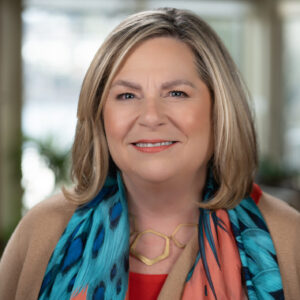Operational challenges, opportunities identified in survey
The top three operational challenges facing senior living providers are changes due to healthcare reform, maintaining occupancy rates and adjusting to declining reimbursement rates, according to a new survey.
The senior living organization CEOs, chief financial officers and chief operating officers who took Cleary Gull Advisors' 6th annual Senior Living Survey also identified their top three opportunities: expanding service lines, maintaining or improving care, and achieving an adequate return on investments.
The survey, which was conducted Feb. 15 through May 31, examined the asset allocation for the investment portfolios of senior living providers. It found that, in 2013, fixed income and cash holdings were reduced by 6.31 percent to 50.31 percent, equity holdings increased the most by 4.32 percent to 42.46 percent, and alternative holdings made up 7.12 percent.
Many survey participants expressed distress over future returns in their portfolio, citing concerns over increasing interest rates, market volatility and international turmoil. Sixty-nine percent of respondents anticipate that their portfolio returns will not exceed 6 percent in 2014.
“The key takeaway is that diversification is critical,” said Steve Backus, client adviser for Cleary Gull Advisors. “Since uncertainty persists about when and at what pace interest rates will rise, and senior living organizations continue to carry high percentages of fixed income and cash in their portfolios, it’s important to develop and begin acting on a plan to mitigate risk.”
Other highlights from the study:
- In all but two segments, BBB and $100+, an increase in alternatives was reported over 2013, with the largest increase occurring among the A rated segment of 6.31 percent.
- The average participant has a debt structure that consists of 75 percent fixed rate debt and 25 percent variable rate debt. This is a slight change from last year’s average of 80 percent fixed and 20 percent variable.
- Cash to debt experienced the largest increase on a year-over-year basis. On average, the ratio rose from 79.33 percent last year to 92.67 percent this year.
- Operating margins have begun to rebound. This metric saw a sizable increase over last year moving from an average of 2.13 percent to 3.24 percent. Most segments saw an increase, and, for the first time in three years, all segment averages were in positive territory.
For a copy of the full survey results, click here. To review an executive summary of the report, click here.
Backus and Stephanie Chedid, AIF, president of Cleary Gull Advisors, will distribute copies of the survey results to attendees of the LeadingAge annual meeting during Session 54-C, “Getting Rated: An Integrated Planning Approach,” Monday from 3:45 to 5:15 p.m. The session, however, will have a different focus.
I Advance Senior Care is the industry-leading source for practical, in-depth, business-building, and resident care information for owners, executives, administrators, and directors of nursing at assisted living communities, skilled nursing facilities, post-acute facilities, and continuing care retirement communities. The I Advance Senior Care editorial team and industry experts provide market analysis, strategic direction, policy commentary, clinical best-practices, business management, and technology breakthroughs.
I Advance Senior Care is part of the Institute for the Advancement of Senior Care and published by Plain-English Health Care.
Related Articles
Topics: Executive Leadership , Finance , Leadership











